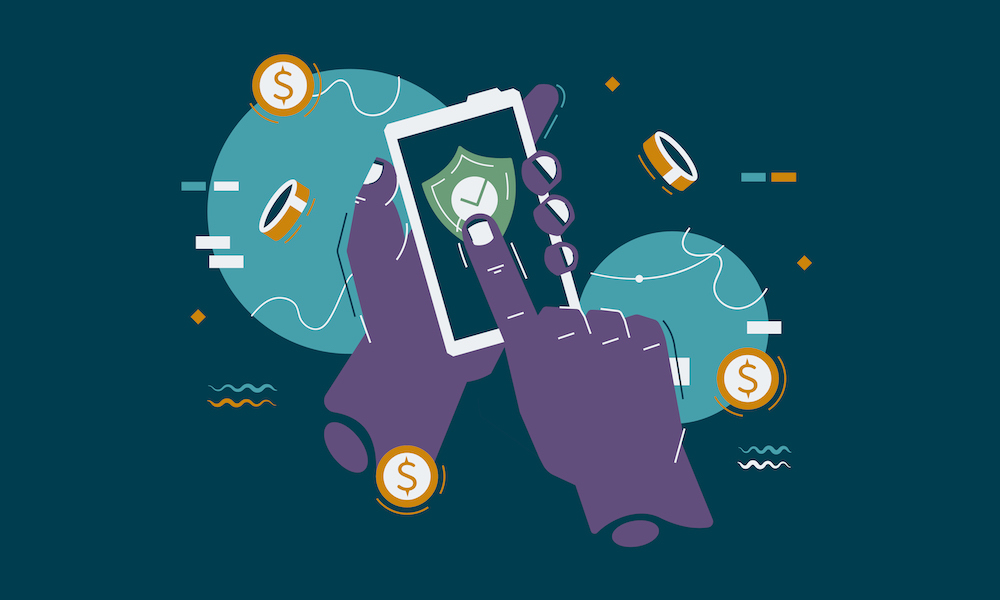The lending industry is gearing up for sustainability-linked loans (SLLs) to achieve sustainability performance objectives. There are multiple principles and standards like green bond principles and equator principles which are being adopted in the process. There is also a debate on how to differentiate between green loans and SLLs as the term ‘green loans’ pre-dates SLLs and is at times used to cover both. However, the use of such structures is limited to project funding.
Even the definition of sustainable lending refers to ’businesses’ seeking funds. Corporations and institutional borrowers must demonstrate how they achieve sustainability targets against measures like KPIs, external ratings, or other metrics. Thus, financing sustainable projects have become both an ESG tool and a business priority for financial institutions.
To effect a larger change though, one must think beyond corporates and institutions. One must expand the lending market and initiate participation from the retail side of the industry by extending similar objectives to retail loans for individuals. This blog discusses ideas that can help achieve amplification of sustainability linked lending through retailing.


Sustainability-linked lending for retailing
Effective lending categories for green growth can promote innovation with economic benefits and encourage sustainability practices amongst both, individuals and corporations.
Some examples of the same include:
Educational loans e.g., for public policy and environmental courses
Auto loans for electric vehicles
Personal loans for solar panels at homes
White goods loans for purchasing an energy-efficient (five-star rated) model
A Buy-Now-Pay-Later (BNPL) offering to purchase non-plastic home goods or recycled merchandise
These can be supported with better approval rates, reduced collateral requirements and subsidized interest rates to promote sustainability.
Sustainable products (like electric vehicles and organic products) are often costlier than conventional ones due to limited scale and high R&D expenses. By bringing the cost down for the borrowers and improving the economies of scale for sustainable products, lenders can help bring prices on par with the regular kind.
Also, consumers can be incentivized towards sustainability consciousness. For example, as a part of its sustainable development goals, Axis Bank, in September 2021, committed to offering 0.5 percent interest waivers on new EV loans.
We recommend ratings for fuel or energy-efficient auto and white goods be added as a consideration when evaluating a loan application. Conventionally, the credit worthiness of the borrower and the feasibility of the project is assessed. Our recommendation seeks a shift in both the process and the mindset to include the environment impact rating.
Incidentally, the insurance industry is leading the way. Analytics-based insurance organizations are following the Insurance Regulatory and Development Authority of India’s (IRDAI) direction to introduce concepts like the Pay-how-you-drive – where the premium varies according to driving behavior thus incentivizing the insurance customers to drive safely. Lenders can introduce floating rates that decrease over time if the person continues to ‘drive safe’. Safe driving means the condition and thus the collateral value of the vehicle remains good if the borrower doesn’t pay, so the risk balances out.
Initiatives that lenders can undertake
Providing access to discounted retail loan rates can lead to an expansion of the lending portfolio for banks. They can influence the lending landscape by incentivizing and collaborating with other players in the ecosystem – enlisting partners to further along the sustainable objectives.
Corporate partners: incentivize to improve their sustainability performance.
Banks can assist partners in their sustainability journey by educating them, helping them enhance features in their applications, and setting up metrics to measure and position them as champions of sustainability. For instance, Flipkart has partnered with Canopy to source sustainable, forest-derived packaging material. Also, by ensuring lending offers on eco-friendly products on their platform, eCommerce firms can boost their customer base.
Individuals: deeper relationship and engagement with end customers.
Consumers across generations are willing to spend more on sustainable products. They may even be willing to share more information through preference surveys, etc. when offered better deals. An easy way to become a preferred partner/lender is by retailing sustainable lending.
In effect, we view retailing as a force multiplier. We expect growth to be driven by public awareness of climate change related risks and the imperatives of a circular economy aimed at sustainability.
Sustainability-linked loans incentivize the pursuit of sustainability targets by tying pricing – usually through interest rates – to their achievement. As more people explore the financial benefits of sustainability, it will lead to greater awareness and eventually, consumer preferences will change. By offering the right combination of loans and propositions, financial institutions can encourage customers to adopt sustainability thinking and this approach may have a cascading effect on businesses, prompting them to enhance their consumer product mix too.
Disclaimer: The statements and opinions expressed in this article are those of the author(s) and do not necessarily reflect the positions of Thoughtworks.


















